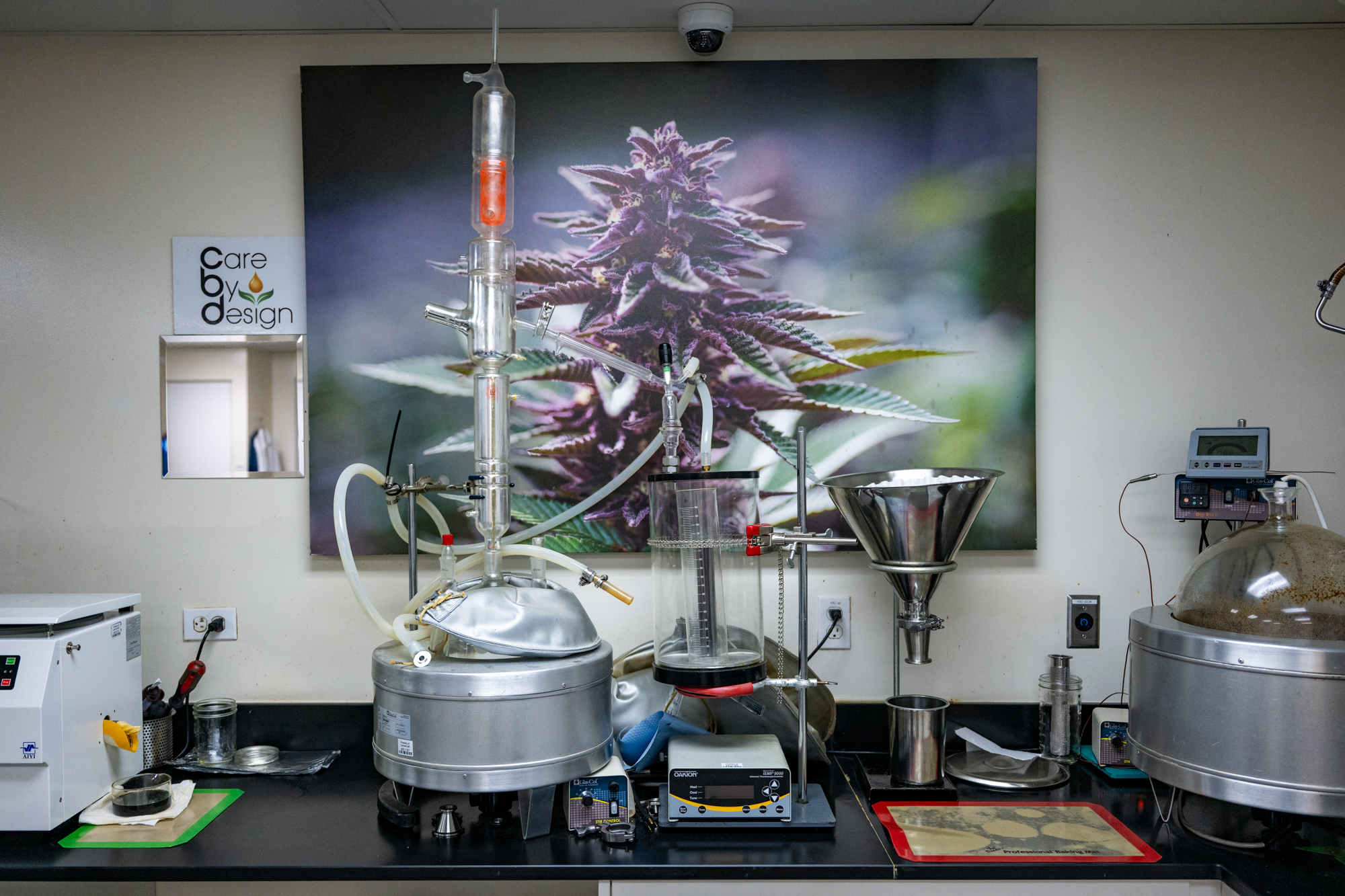
"For a company like CannaCraft, this means they pay the cost of Sonoma County's local cannabis cultivation tax - 36 cents per square foot of outdoor crop, and $3 per foot indoors - when they buy cannabis from local farmers. Then they pay a 1% manufacturing tax to the city of Santa Rosa, a 2% distribution tax to San Diego County, where most of their dispensaries are, and another 10% retail tax to the city of San Diego when they sell them."
""At the end of the day, you end up with a total tax burden of around 40%," Devitt said. This breaks the first and most fundamental promise made to voters, she argued, to establish and protect a legal, regulated market. "Consumers are price sensitive. You raise the prices, they go to the illicit market, and it's hard to get them back," Devitt said. "They find their hook up and they're like, 'Ah, this works for me, it's a lot cheaper. Buy it from Uncle Joe.'""
"Only 40% of cannabis consumed in California comes from licensed dealers, according to the state Department of Cannabis Control. Lawmakers, including the governor, argued lowering the state tax would help stem closures and bankruptcies of legal businesses and help them regain enough of a foothold to compete with the illicit market."
For CannaCraft, multiple local taxes apply: Sonoma County cultivation tax (36¢ per sq ft outdoor, $3 per sq ft indoor) on purchases from farmers; 1% manufacturing tax to Santa Rosa; 2% distribution tax to San Diego County; and 10% retail tax to the city of San Diego on sales. Taxes are compounded at each stage before the 19% state excise tax, producing about a 40% total tax burden. High taxes push price-sensitive consumers toward the illicit market, with only 40% of California's cannabis coming from licensed dealers. Lawmakers argue that lowering the state tax could help legal businesses survive.
Read at Kqed
Unable to calculate read time
Collection
[
|
...
]